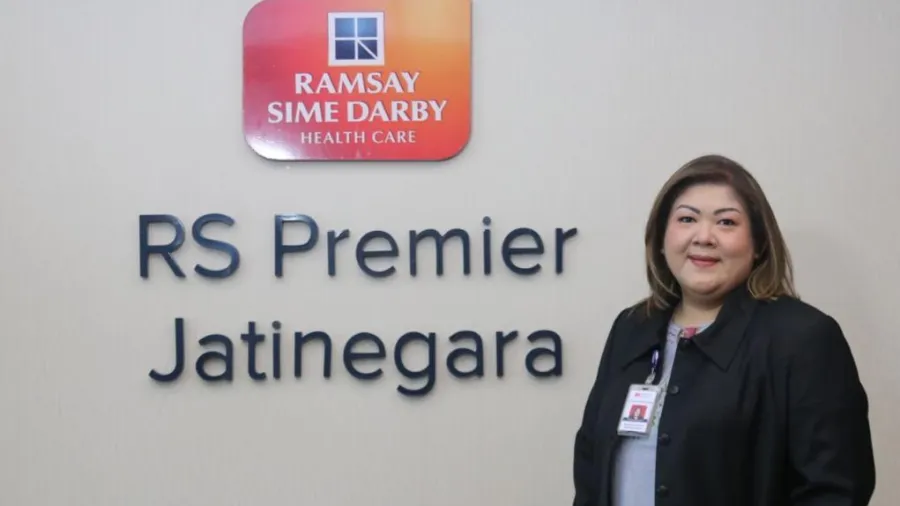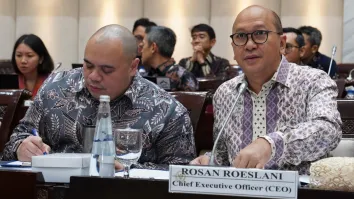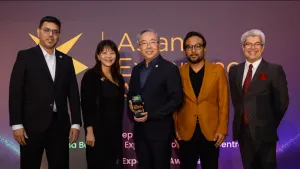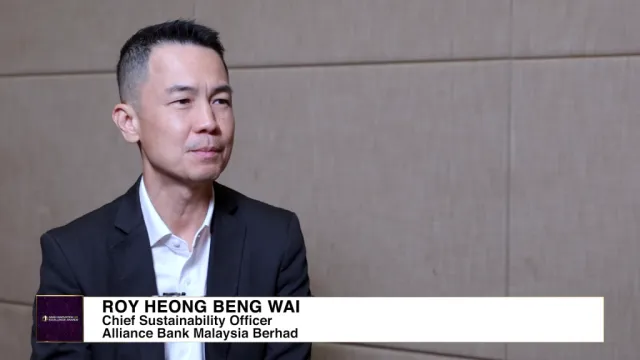
Digital kiosk revolutionises patient experience at Indonesian hospital
Premier Jatinegara Hospital’s self check-in kiosk cuts patient waiting hours by half, boosting convenience, efficiency, and safety, while offering more services.
When Premier Jatinegara Hospital recognised the pressing issue of long waiting times that plagued patients seeking medical care at hospitals, it took a dose of introspection then committed to improving the situation through digital innovation.
Hospital management introduced a cutting-edge solution: the self check-in kiosk, which would be a determined effort to revolutionise the healthcare experience in Indonesia.
“The goal is to cut outpatient time at the hospital from what they usually spend — three to four hours. With this [check-in kiosk] system, they can spend only one-and-a-half hours,” Dr. Susan Ananda, CEO of Premier Jatinegara Hospital, told Healthcare Asia.
This innovative technology, launched in March, has since streamlined the patient journey and eased the burden of extensive waiting times. “So when patients feel satisfied, the hospital can gain their loyalty,” Dr. Susan said.
Digitalisation roadmap
Premier Jatinegara Hospital, which is part of the Ramsay Sime Darby Healthcare Group, a network of hospitals in the Asian region, has a comprehensive digitalisation roadmap for its medical facilities.
This roadmap was designed to optimise the patient experience and begins with raising awareness through interactive surveys and population health campaigns.
It then progresses to conducting research on services, real-time availability, and pricing estimation.
The subsequent stages involve implementing schedules and pre-care measures, including appointment reminders and online self-checking.
Establishing the self check-in kiosk allows patients to gain digital access to their daily schedule and medical records upon arrival at the hospital to efficiently plan their visit. The hospital also offers patients various post-care options, such as convenient payment methods; e-prescribing services; and even having medicines delivered directly to their homes.
Patients now have greater control to seamlessly proceed with their treatment and avoid long queues every step of the way.
Self check-in kiosk
The check-in kiosk is basically a streamlined registration process. Prior to arrival, patients have the option to register conveniently via a WhatsApp chatbot. Upon reaching the Premier Jatinegara Hospital, patients will only have to scan the barcode. In WhatsApp, they can view their virtual queue, while those unfamiliar with the app can rely on a queuing slip with staff assistance.
Dr. Susan explained that once they are in the queue, the patients’ status changes to “waiting,” ensuring doctors are promptly informed of their arrival. Scheduled patients are advised to arrive 15 minutes in advance, facilitating efficient consultations.
Conveniently, self-payments for medical services and prescribed medications can be made at the kiosks or cashiers using various payment methods, including QRIS (Indonesia’s standardised QR Code for bank transactions). Patients can then choose to collect their medication or option for home delivery facilitated by a partnership with one of online driver providers.
The Premier Jatinegara Hospital CEO likened their self check-in kiosk to those found at famous fast food outlets when pre-ordering and choosing payment options. For the hospital, the kiosk services cover consultations with doctors, as well as other medical services such as radiology and laboratory tests.
Space efficiency and patient safety
In addition to efficiency in queuing time for patients, this system is intended to deal with limited hospital capacity and operational efficiency for employees. By minimising waiting times, the hospital can effectively manage patient turnover and accommodate a higher number of patients within existing infrastructure.
“As an illustration, for example, we have 40 seats for one floor, but we want to increase the number of patients, so how do we make the 40 seats turn over high? Not possible by adding buildings. But with the existing capacity and short waiting time, usually 40 seats can accommodate 100-200 people but with a shorter time, it will be 400 people,” Dr. Susan explained.
Digital innovations, such as the integration of Monthly Index of Medical Specialties (MIMS) with electronic medical records, also contribute to both patient satisfaction and safety. The MIMS interface ensures that prescribed medications align with the doctor's instructions.
“Through MIMS, doctors don’t need to search manually anymore, but the drugs prescribed will be reviewed first and will give a warning to the doctor to evaluate the treatment,” she said. This integration optimises the medication process, promoting safe and accurate treatment for patients.
Responding to challenges
Implementing digital innovation in the hospital setting is not without challenges. “When we have a new technology, the [first] challenge is in the infrastructure, because sometimes this technology has a large physical form and requires a large space, too,” Dr. Susan pointed out.
The key, she said, is not to accept all kinds of technology, but to choose what best fits and manage it well.
The second problem to arise with such upgrades would be human resources. The use of new technologies requires the ever-evolving adoption and adaptation of human resources in hospitals.
The Premier Jatinegara Hospital responded by implementing a Training of Trainer System and opening special classes for employees.
The third challenge in digitalisation would be finances. Dr. Susan had to exchange information about technology with other hospitals that were in the same network. “For the allocation of digital innovation, we have a commitment to allocate a budget for this field every year,” she said.
Future plans
In the next two years, Premier Jatinegara Hospital has ambitious plans to enhance its infrastructure and services for the benefit of patients.
These plans, Dr. Susan said, include the establishment of a modern mixing room to ensure sterile drug compounding and the addition of an emergency room and cardiac telemetry for remote heart monitoring.
She said the hospital aims to become a smart facility by integrating the Hospital Information System with medical devices and patient platforms, implementing patient monitoring and Electrocardiogram (ECG) capabilities, and improving food ordering systems and paperless operations with the use of tablets.
At present, a mobile app is in its development stages to provide patients with easy access to doctor schedules, registration, and improved communication with the hospital. Patients will soon be able to access their laboratory results and medical records digitally, streamlining their healthcare experience.
“We will convert them (patients’ medical records) into digital format so they can evaluate their health and take better care of themselves with all the innovations we implement,” said Dr. Susan, citing their commitment to embracing digital innovations that optimise patient care and convenience even further in the future.

















 Advertise
Advertise







